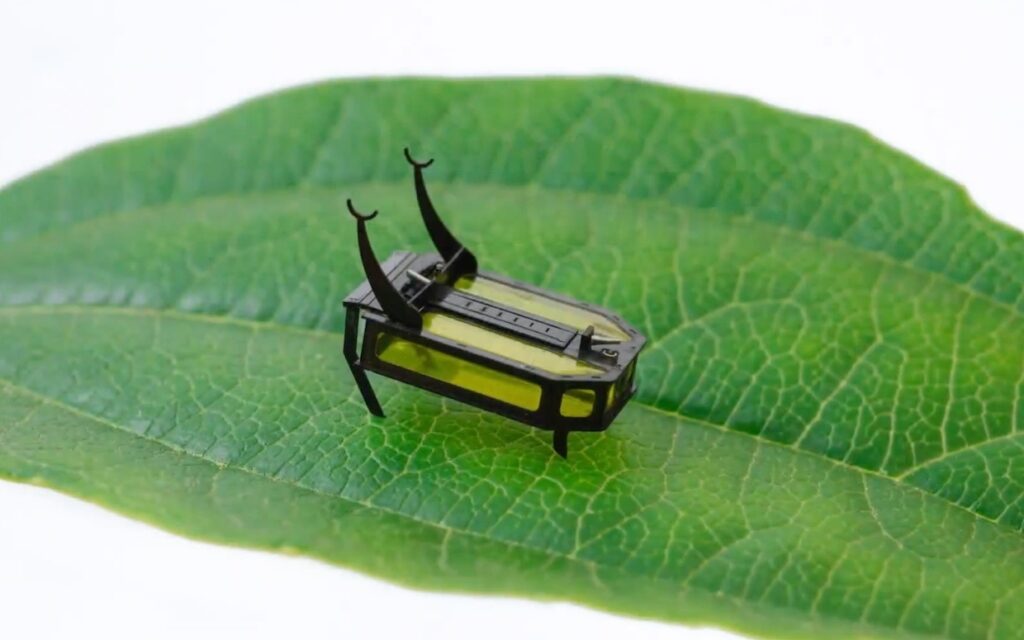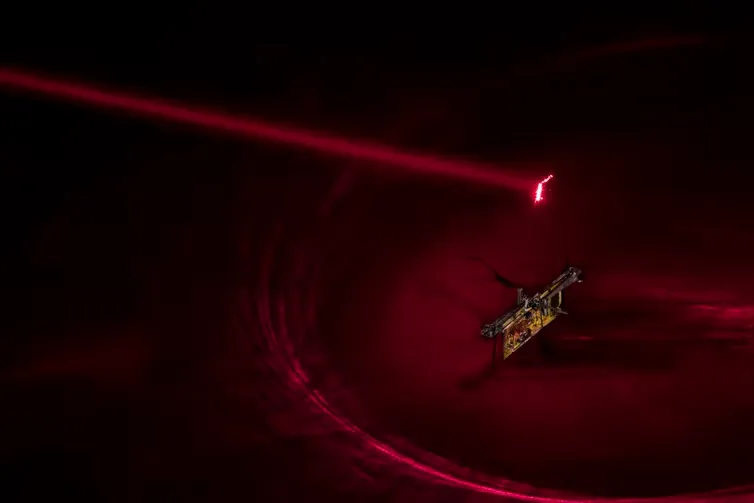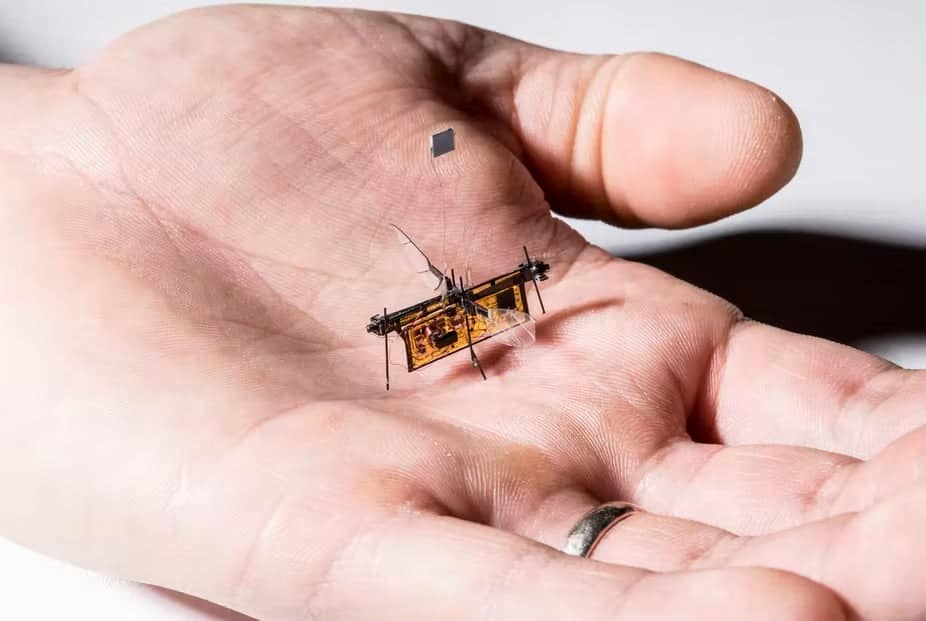Gentlemen, welcome to my childhood. I cannot introduce an article like this without mentioning the fact that my first 10 years were exactly between the 70s and the 80s. To be precise, from 1975 to 1985: you can imagine what forms in my mind when do I hear the word “robot”?
Contrary to my training based on Go Nagai and very large robots (from the 9 meters of Astroganga to the 120 meters of Daitarn III), evolution has brought us innovations in every direction. Sure, we have robots that range from the size of a pet (someone put them to patrol the borders with Mexico) to the size of a small building (where, if not in Japan?), but there are also smaller and smaller robots. Millirobot, to be precise.
The term was born very recently. Recently, a team of researchers from Stanford University in California developed a 7,8 mm wide origami robot test prototype, and called it a “millirobot”. I link the research here, and I also put a video on it. To roll, twist and rotate, the robot folds like a sort of origami, and is guided by magnetic fields to navigate very small spaces and diagnose diseases or administer drugs. Will things like that run around in our bodies someday to heal us?
In reality, there are many possible applications of millirobots, beyond medical ones: from surveillance to rescue, you are spoiled for choice. Here are six examples.
Hornet drone (also rhymes, in Italian)
La Teledyne designed and marketed this technology for the US military, with the aim of providing them with the ability to observe and anticipate possible dangers in theaters of war. It's small enough to fit in the palm of an adult's hand and nearly silent. It can fly within a radius of 2 kilometers and has an autonomy of 25 minutes, during which it transmits live videos and images in high definition. His “sting” costs dearly: approximately EUR 200.000 for example.
RoboBee
The word is enough: it is a millirobot inspired by the biology of a bee, we talked about it when its very first version came out, 6 years ago now. It is the size of a dime and among its potential uses is that of a 'pollination assistant'. If we can protect real bees, however, RoboBee has a secure future in search and rescue missions and surveillance, as well as weather and climate monitoring.
RoBeetle

A team of scientists from the University of Southern California has built a tiny autonomous cockroach robot, RoBeetle, able to travel for over two hours on liquid methanol. It is a different approach from that related to batteries: consider it a millirobot that occasionally goes to gas. The insect-inspired 88-milligram robot is powered by artificial muscles and can carry weights up to 2,6 times its body weight.
RoboFly

Very similar to the RoboBee (in fact the University of Washington development team includes one of the original researchers behind the RoboBee). It is slightly heavier than a toothpick, is the size of a real fly and is powered by a laser beam that must be aimed at its body. Robofly's makers hope it will eventually be able to find gas leaks and harvest energy from radio frequency signals or use a small battery as a power source.
Micro scallops
Before including these millirobots in the list I had a bit of difficulty. What the hell am I? The American FDA claims that these are "engineered scallops", a few millimeters in size. Indeed, fractions of millimeters. These are prototype devices intended to travel in the bloodstream or around the eye (Minority Report, is that you?). They are being developed for future medical uses, powered by an external magnetic field similar to that of Stanford's millirobots.
Robotic pill from Rani Therapeutics

Here we are still a little higher than the millirobot level. Unfortunately, I mean, because ingesting a large capsule like this, even if it travels to administer insulin in a painless way, is still a small undertaking. Ranipill (we talked about it here) is a kind of “painless-to-swallow syringe” that could be very useful to us in the near future.


